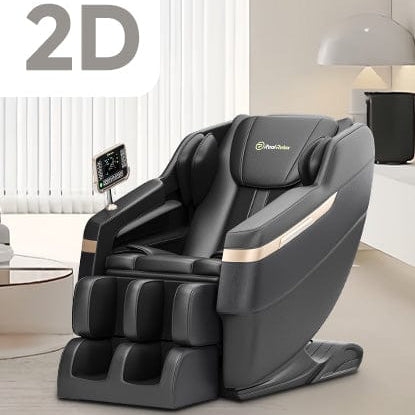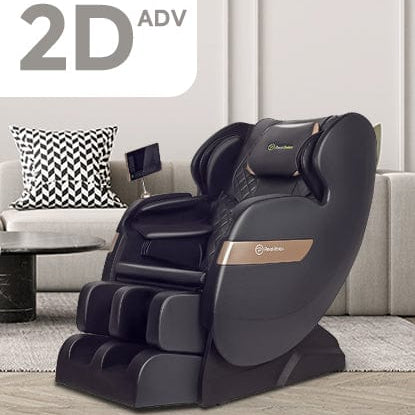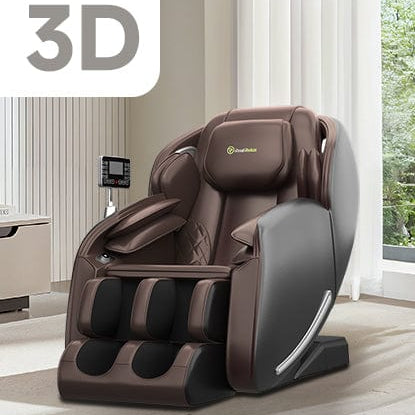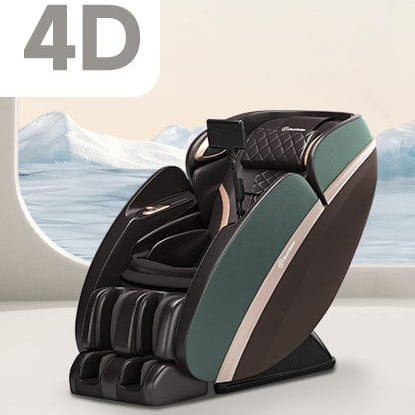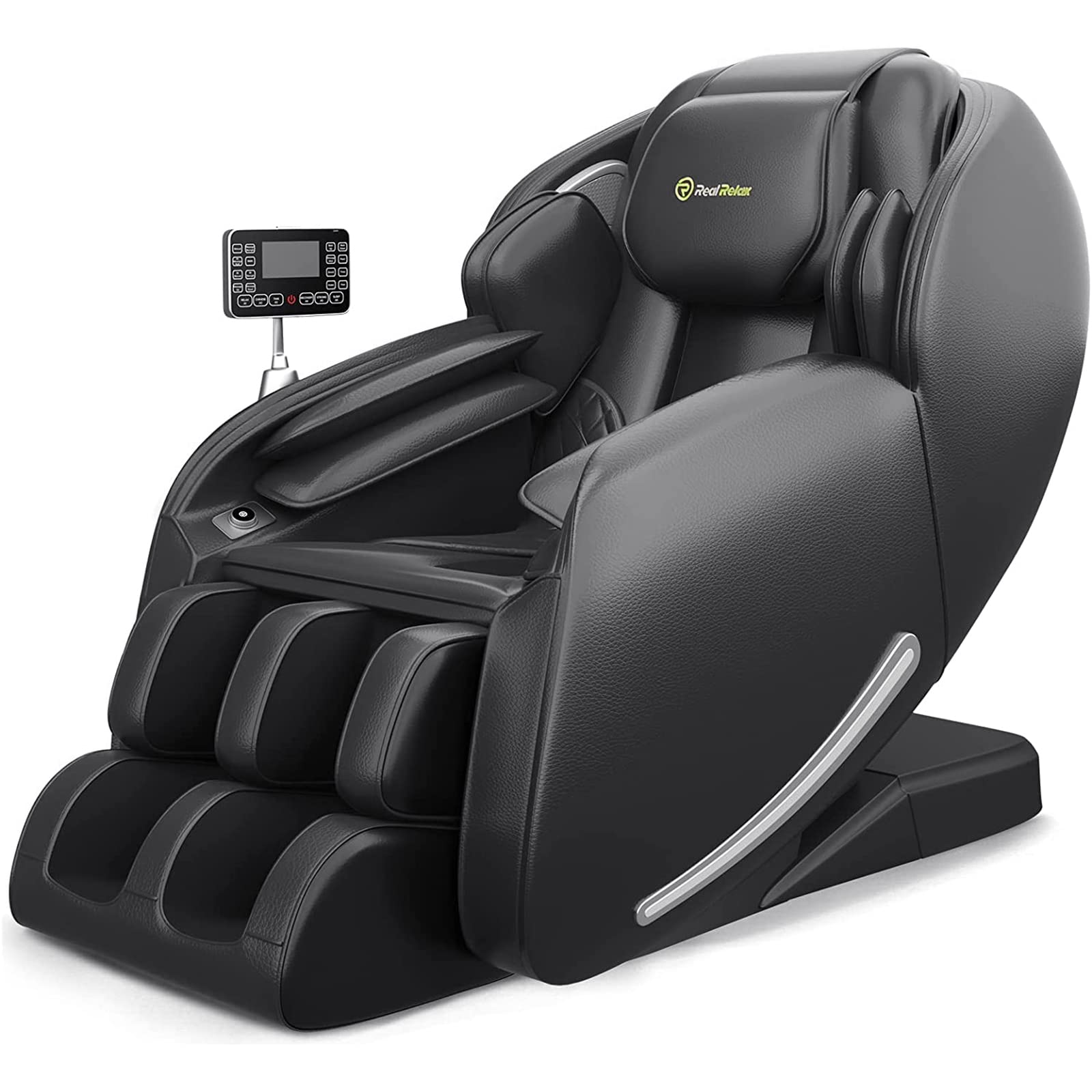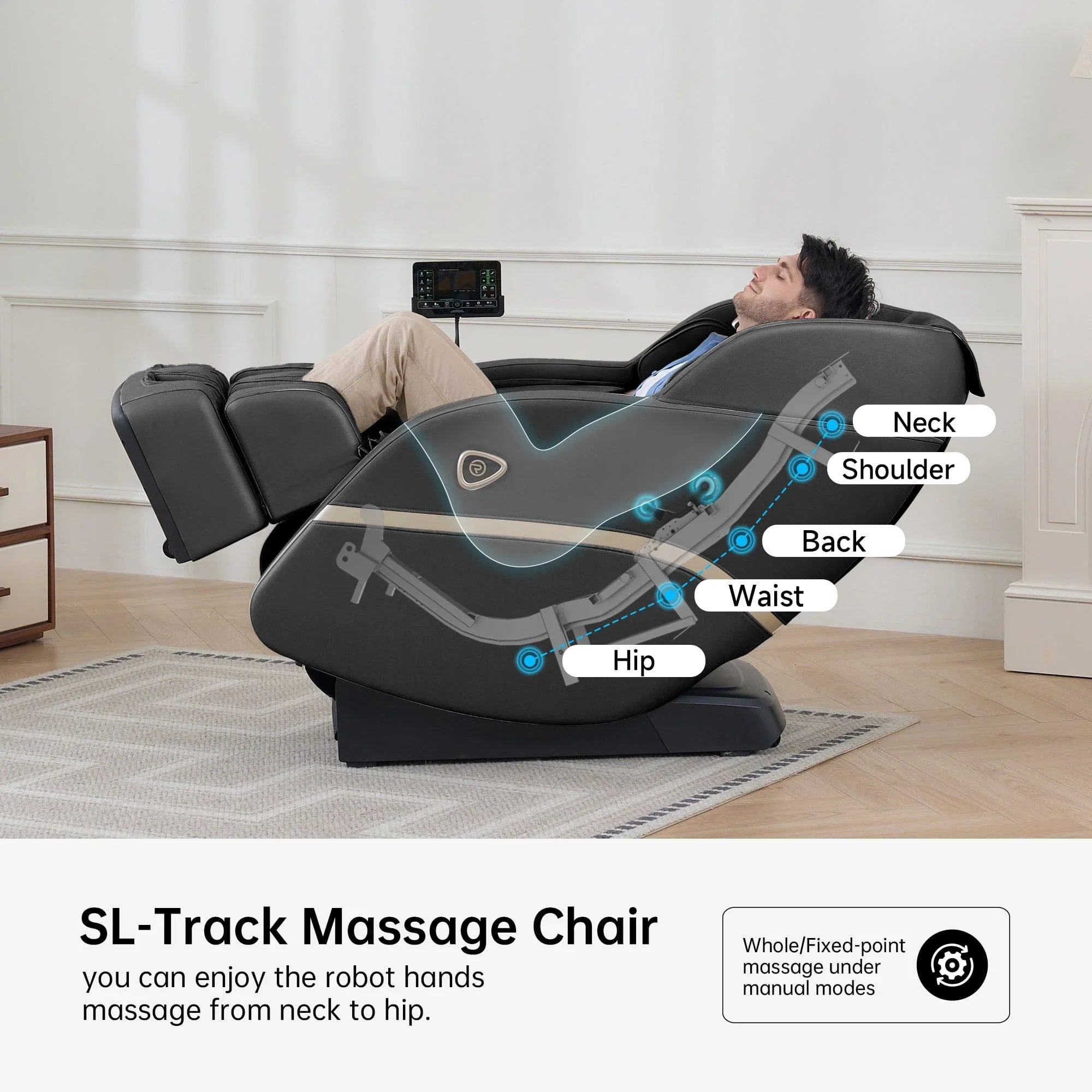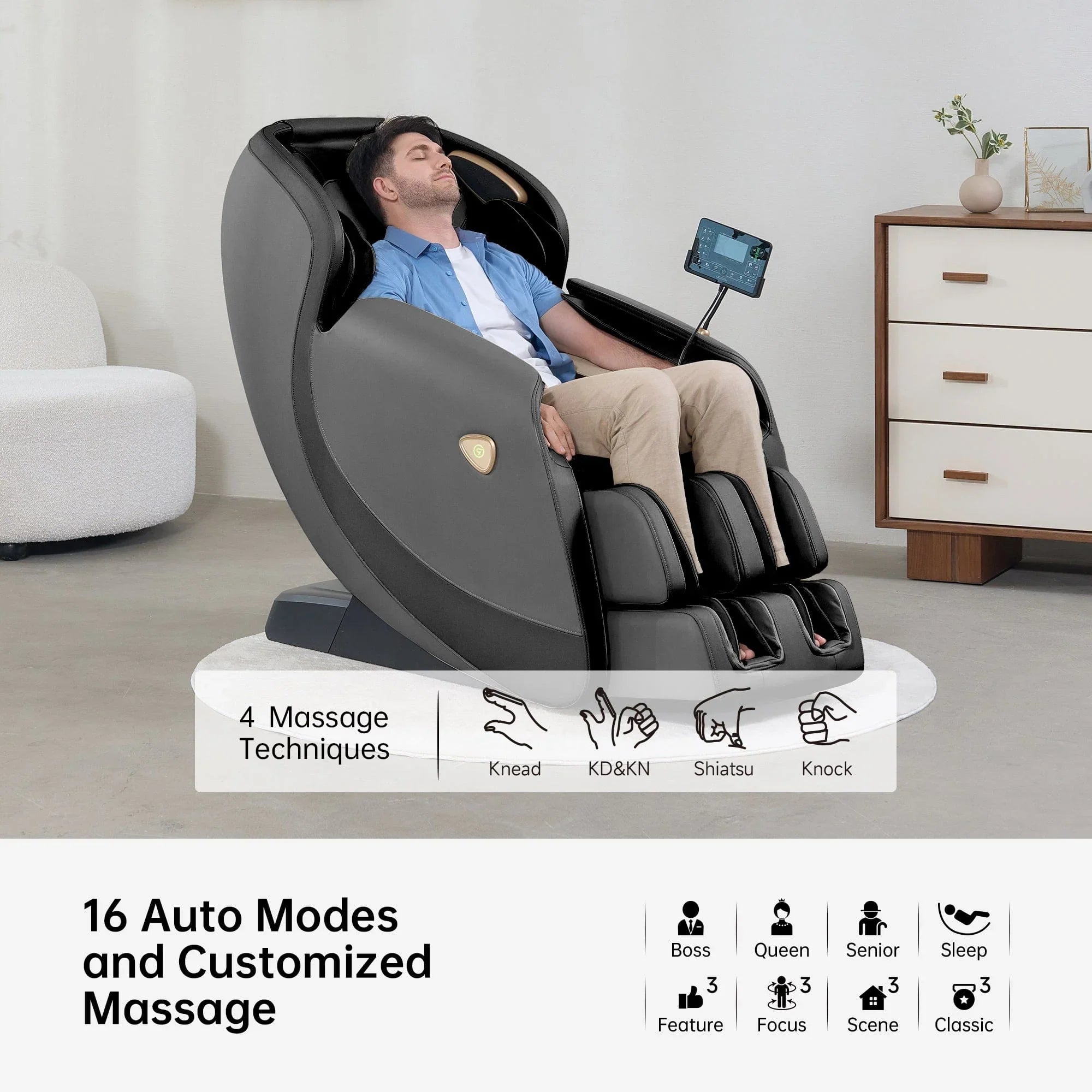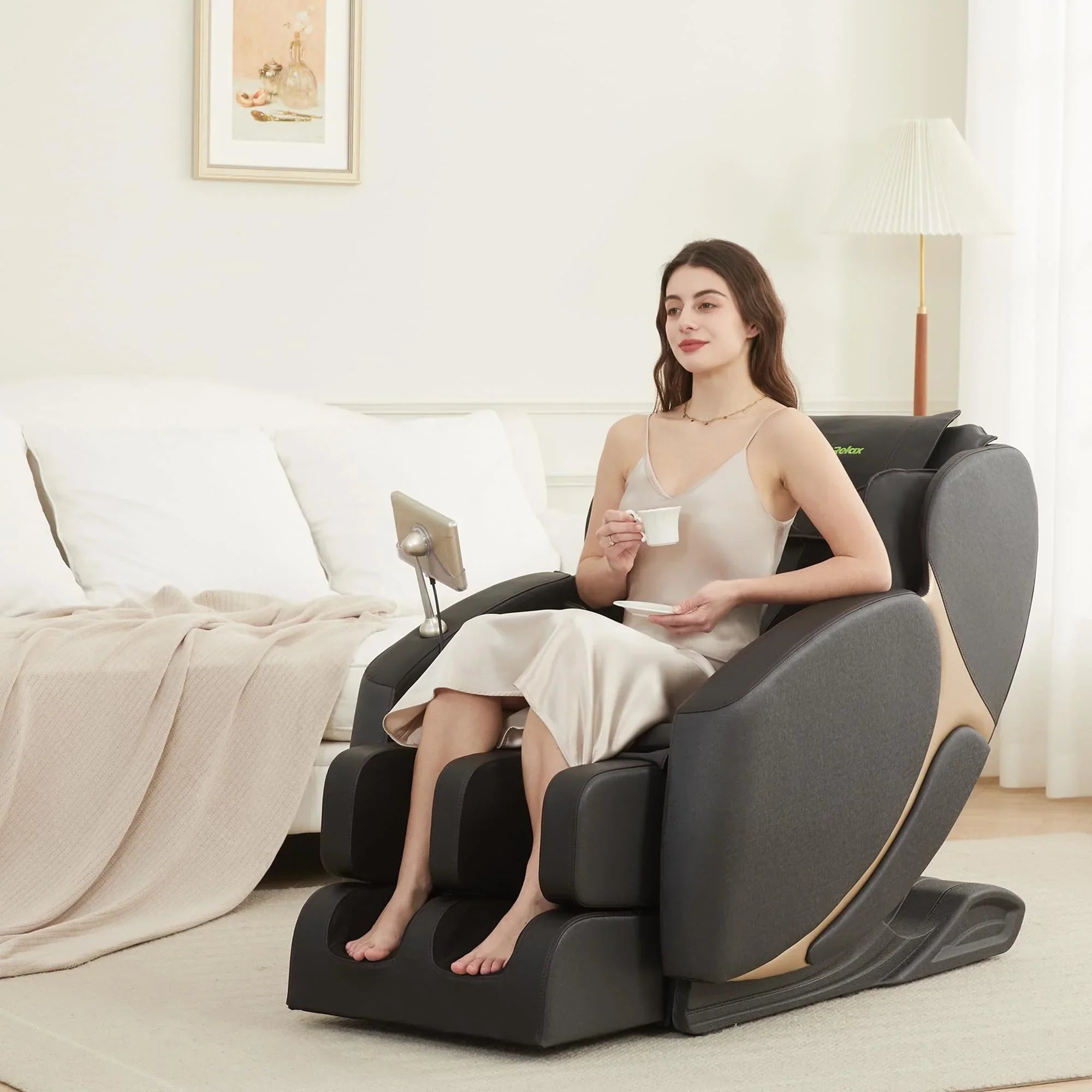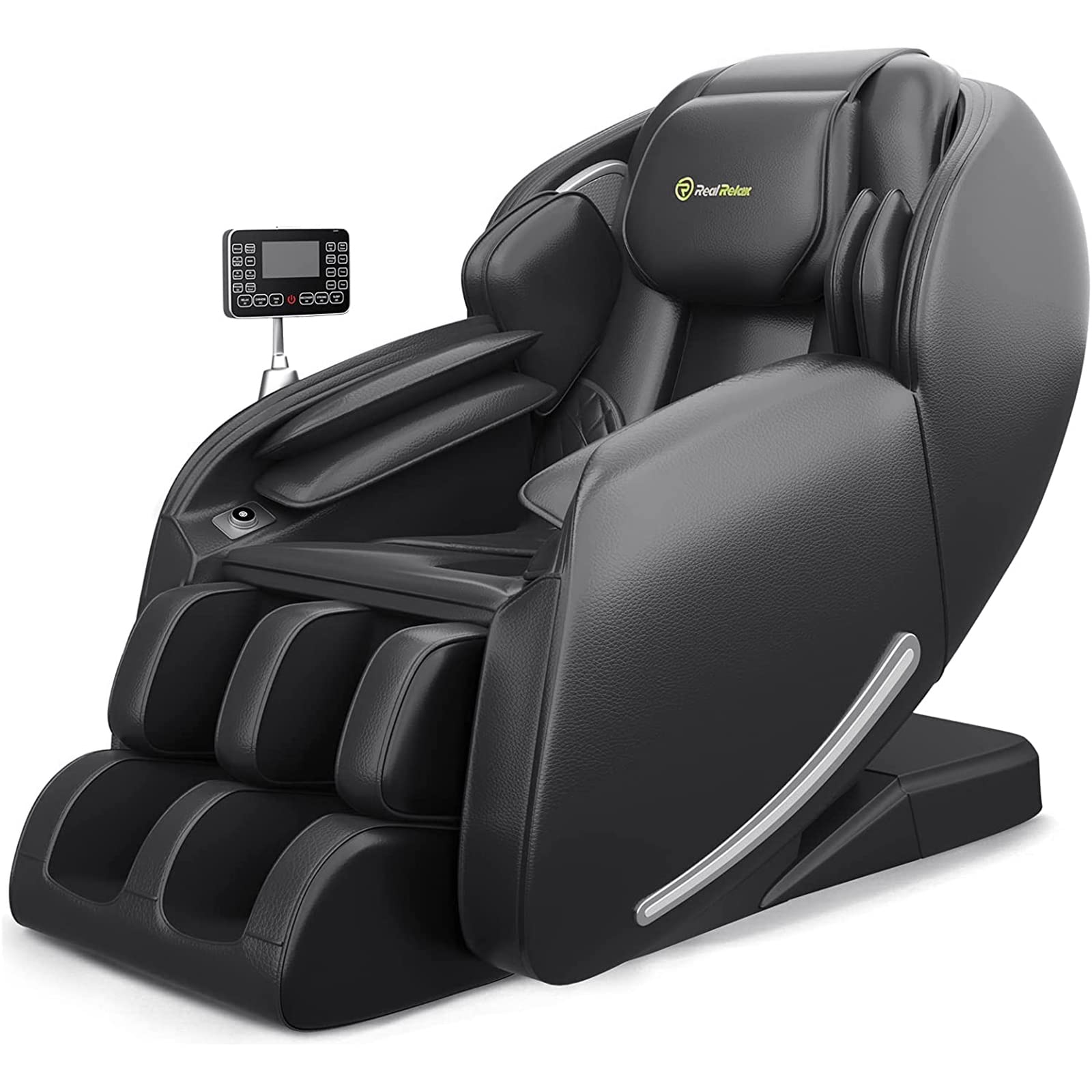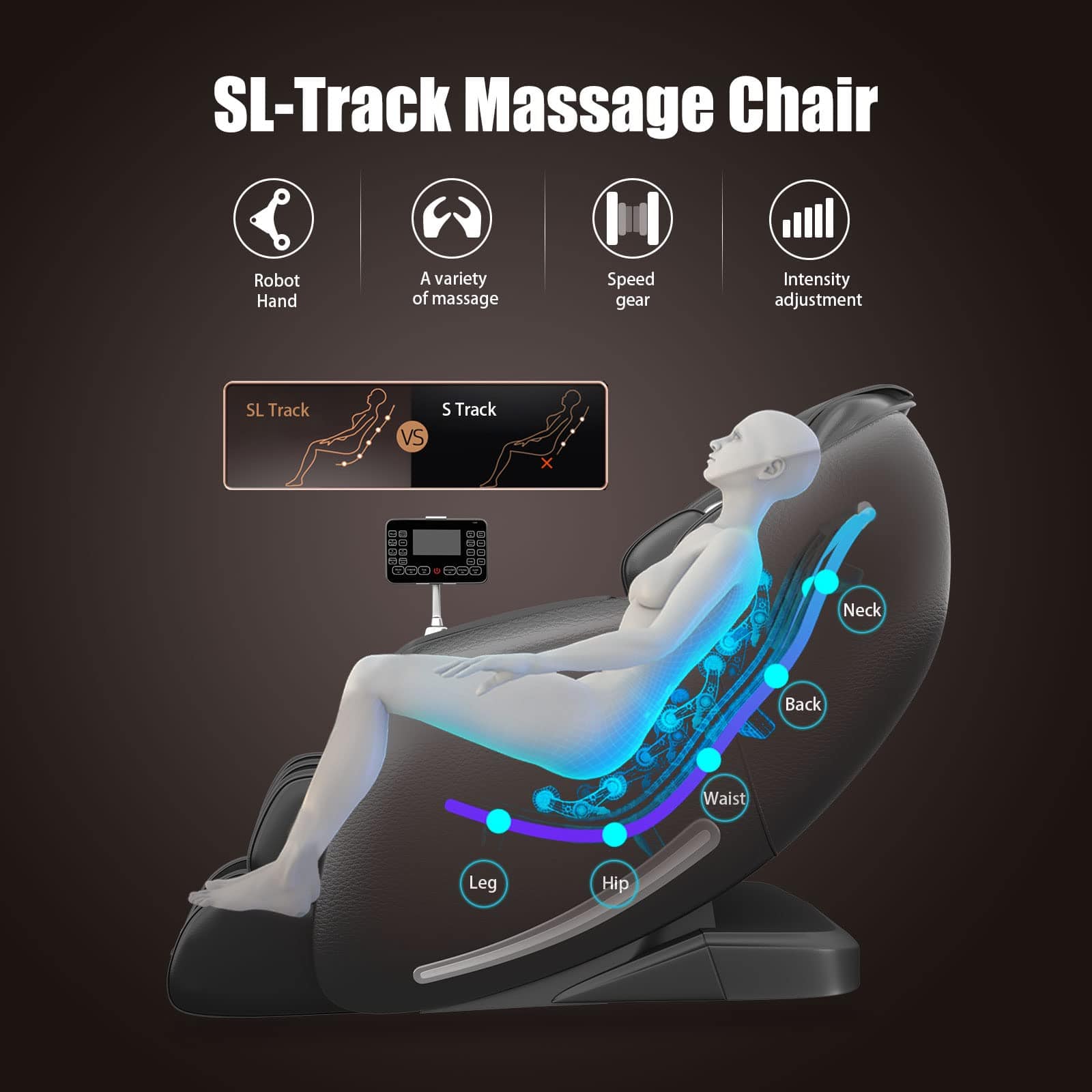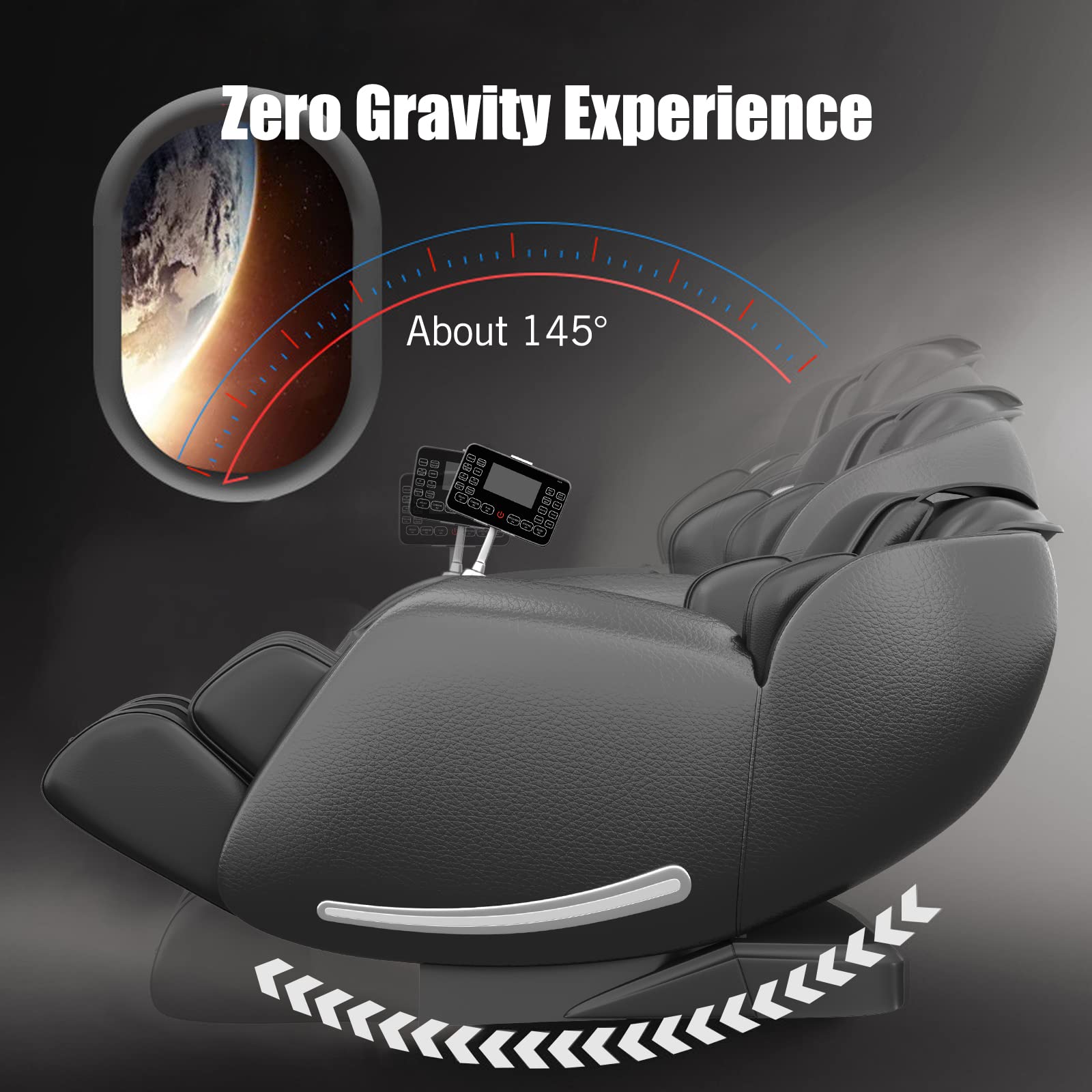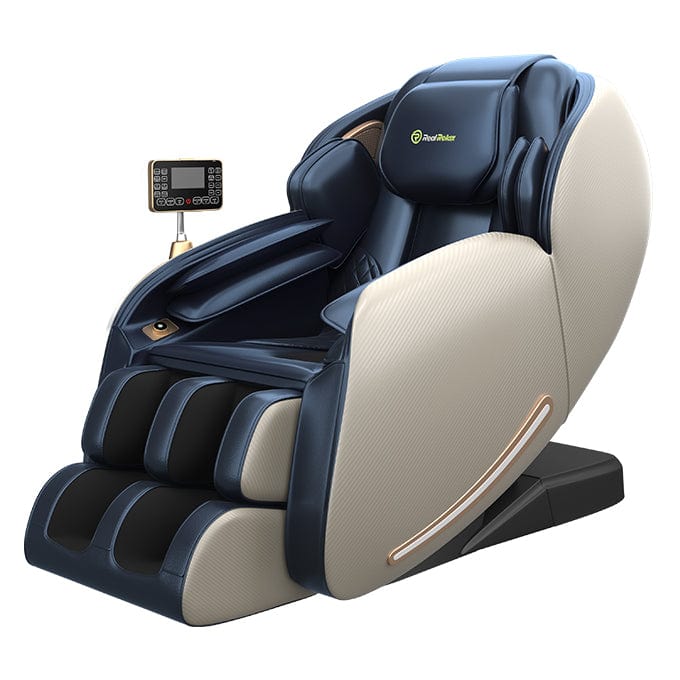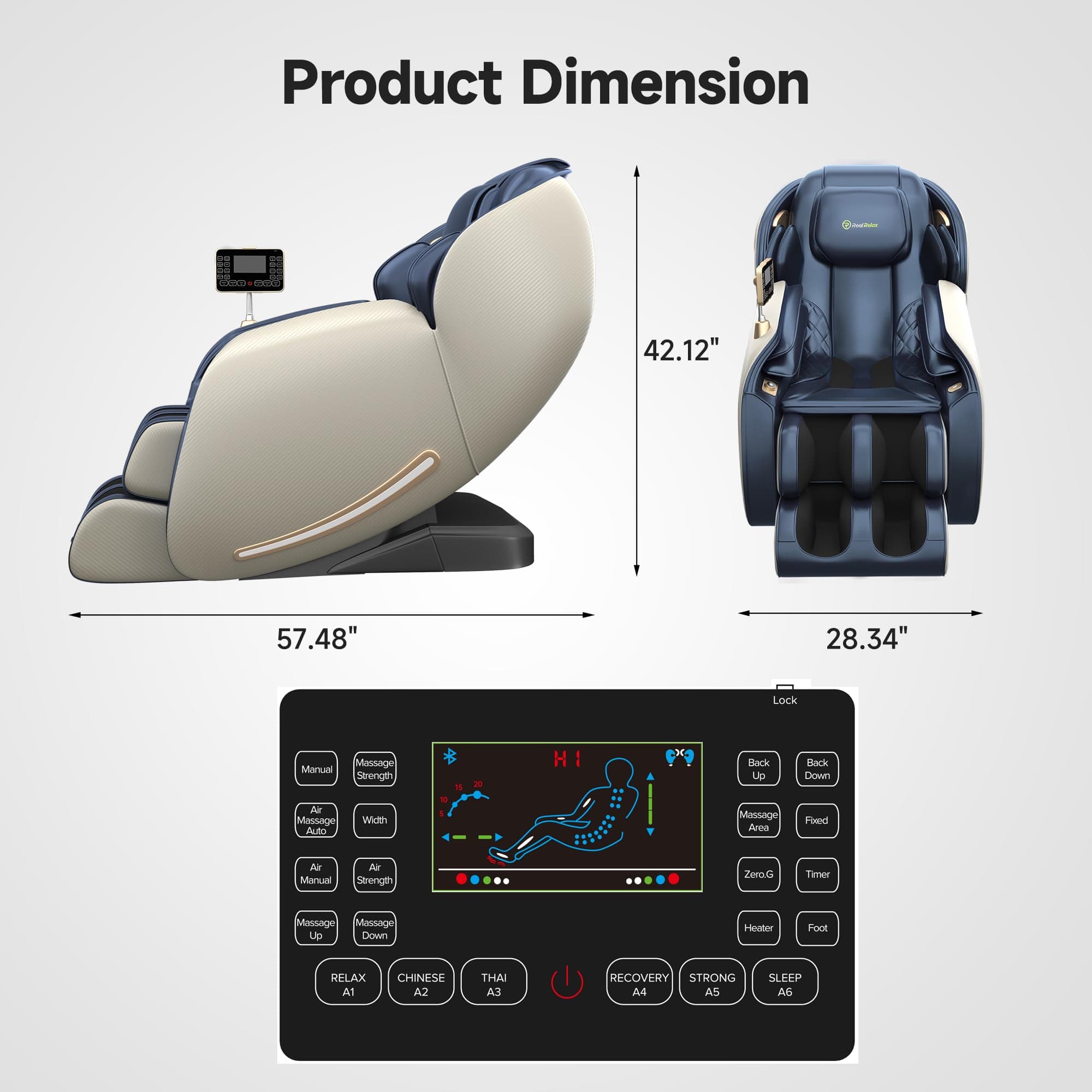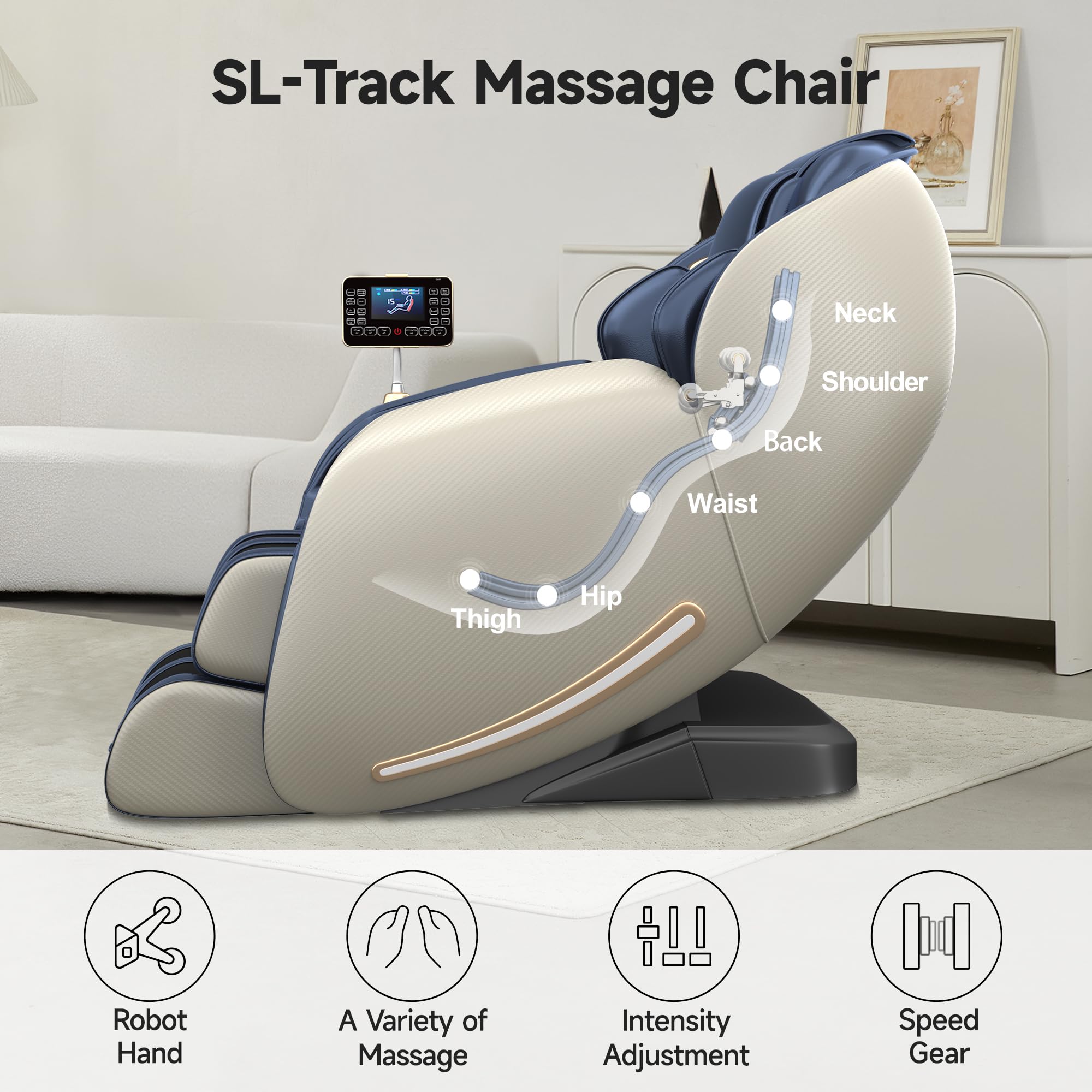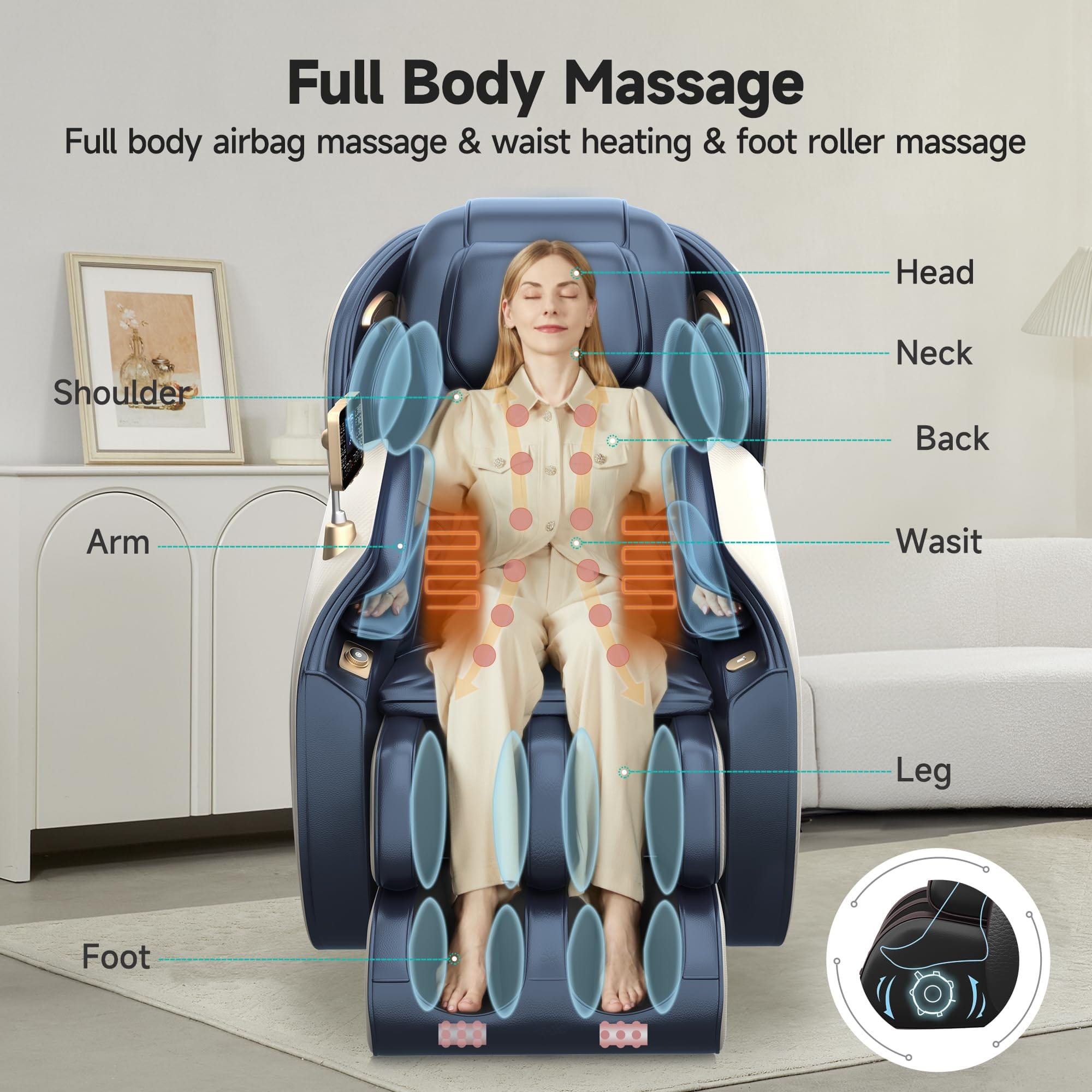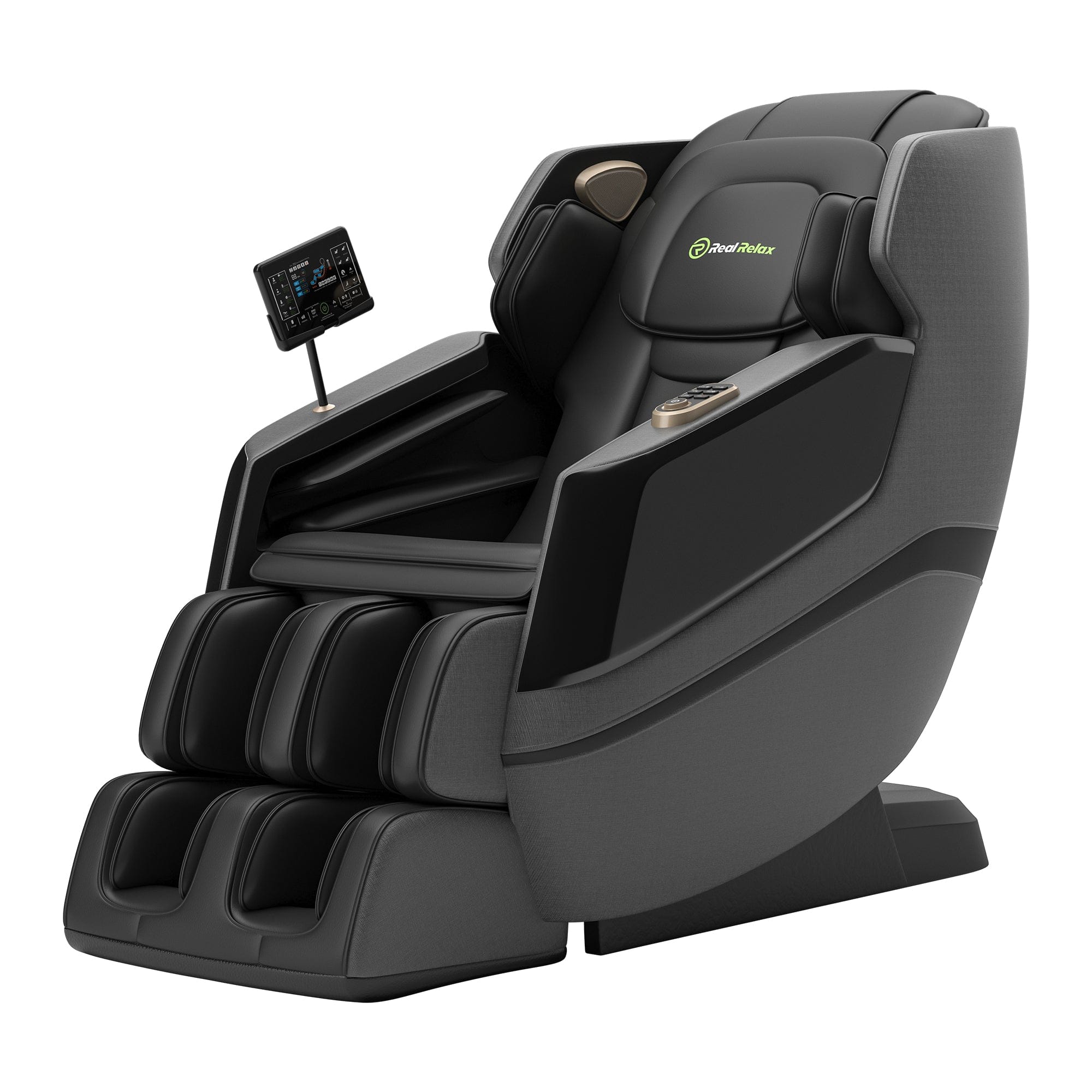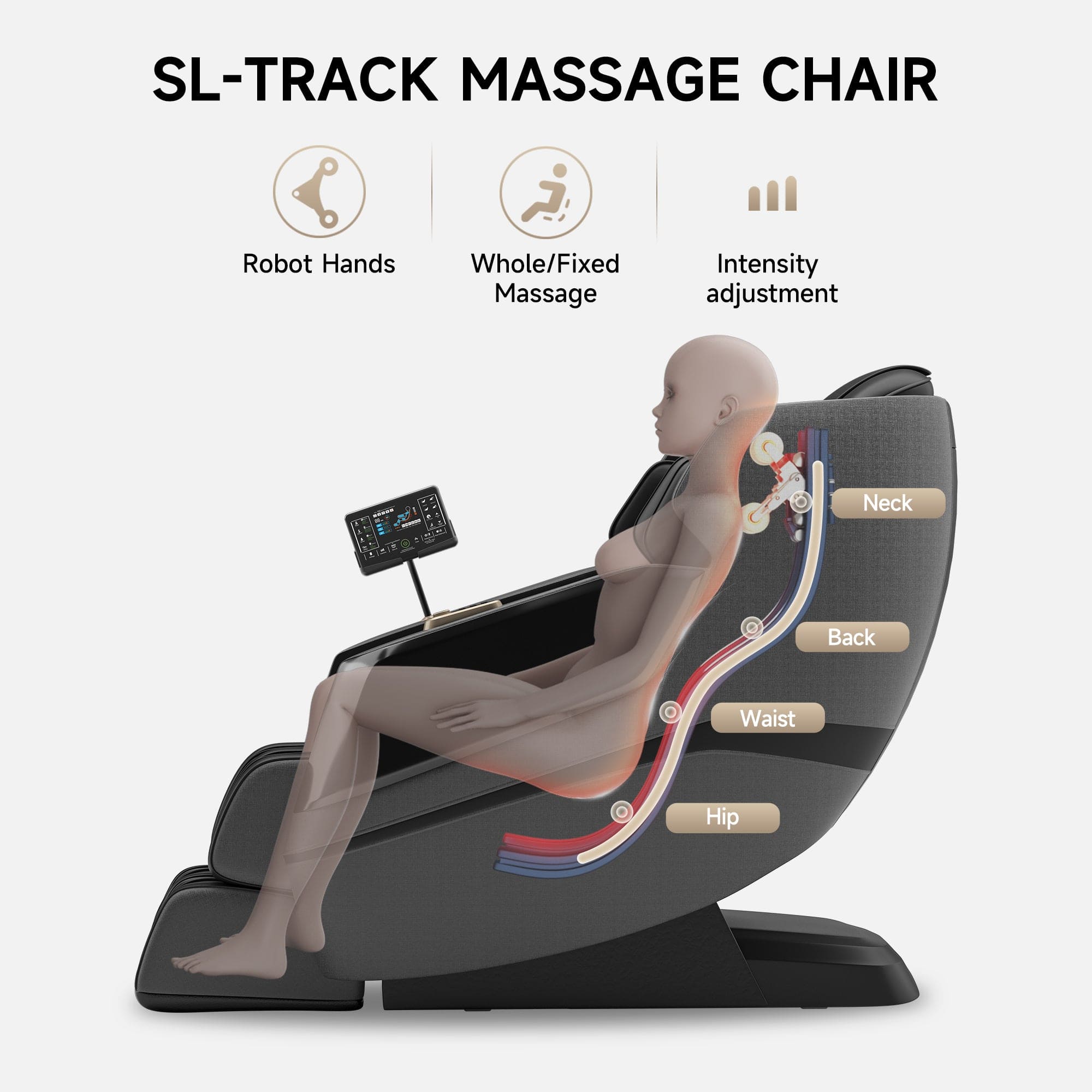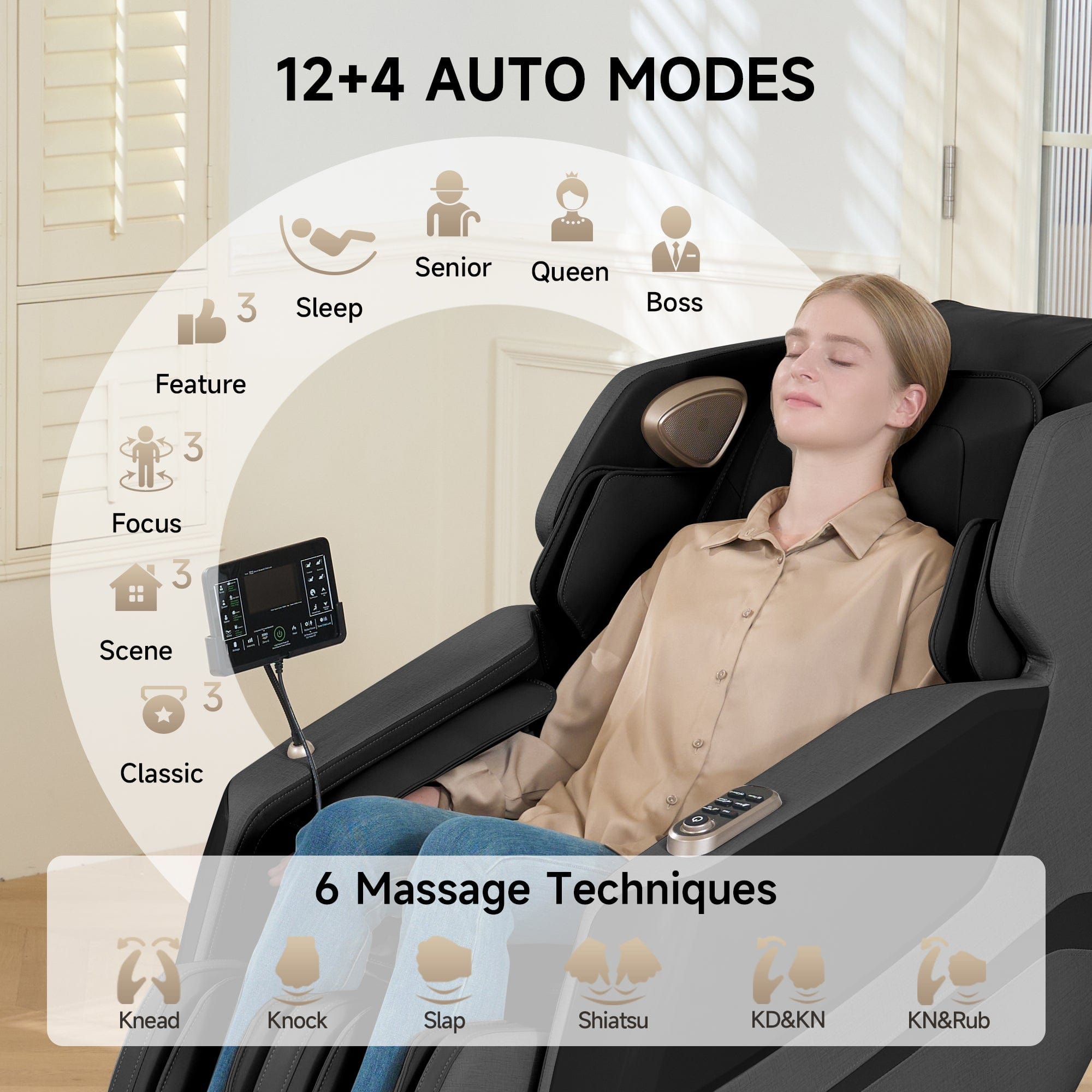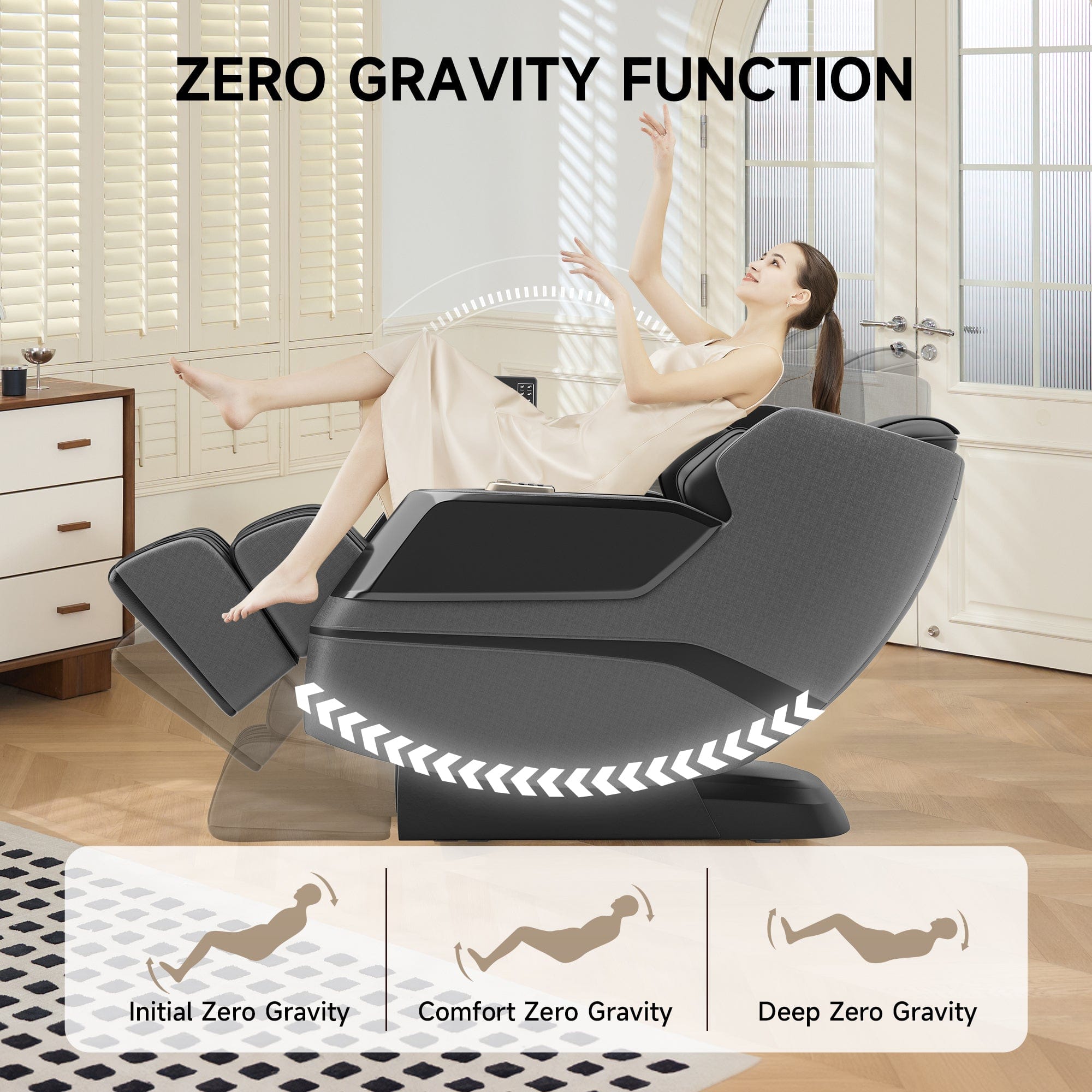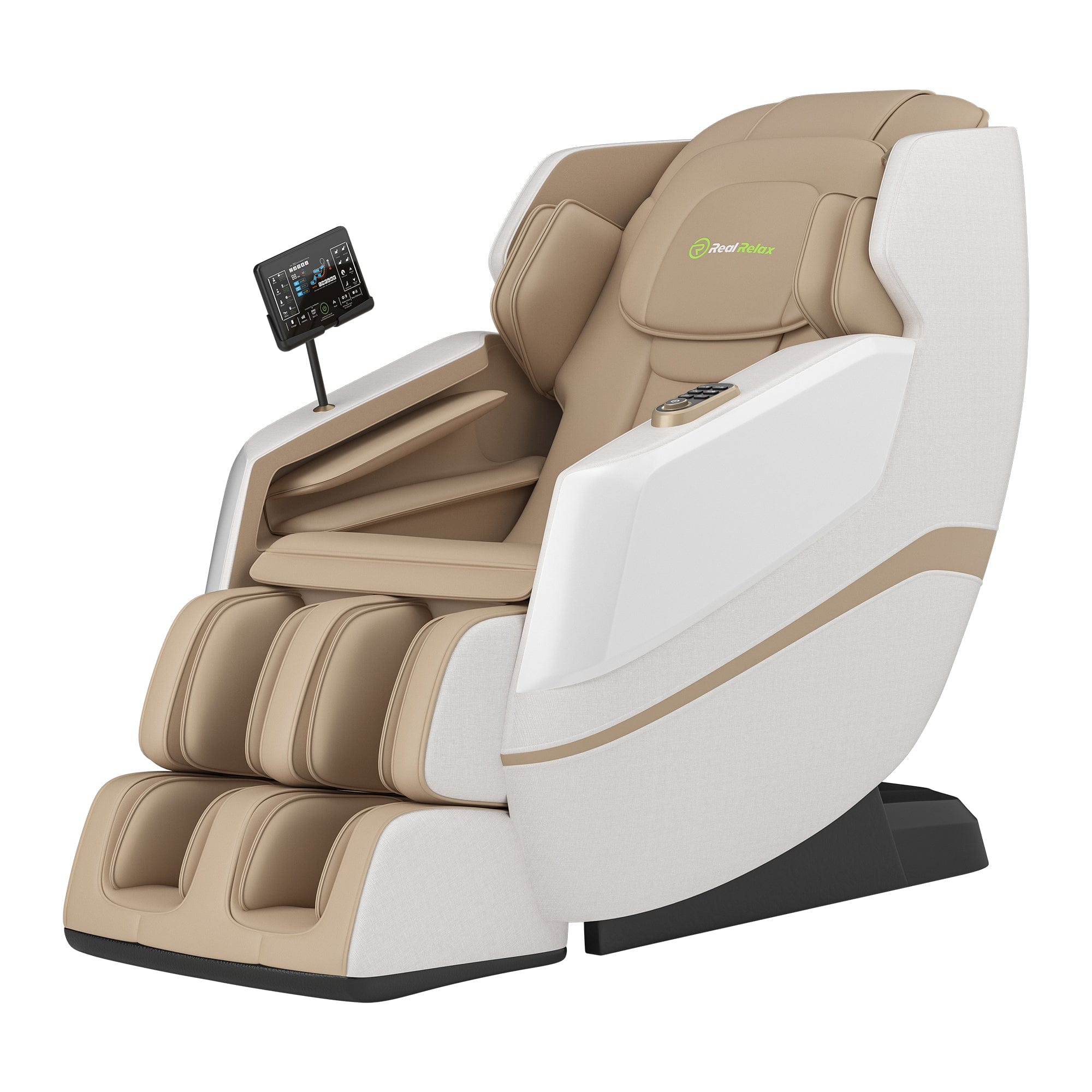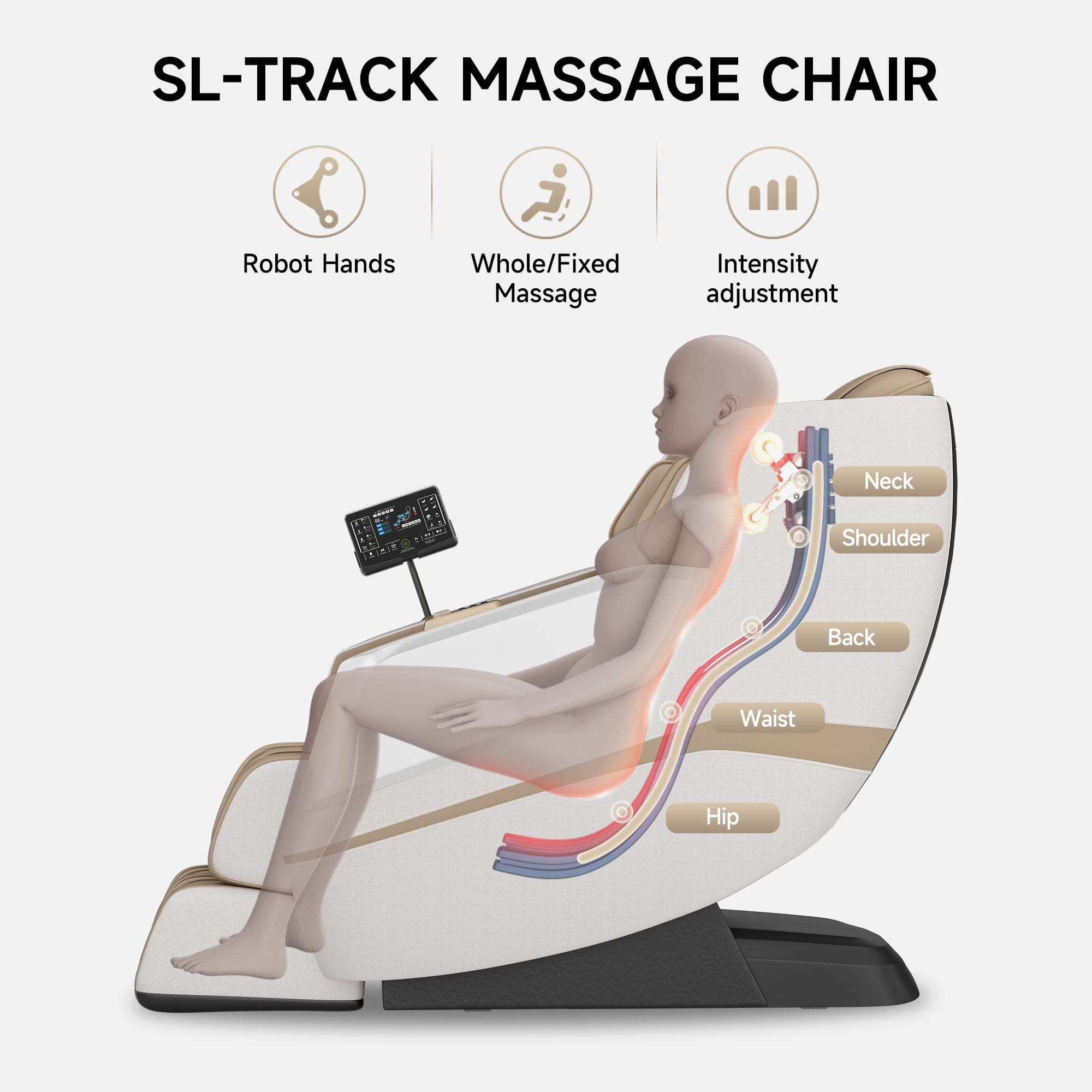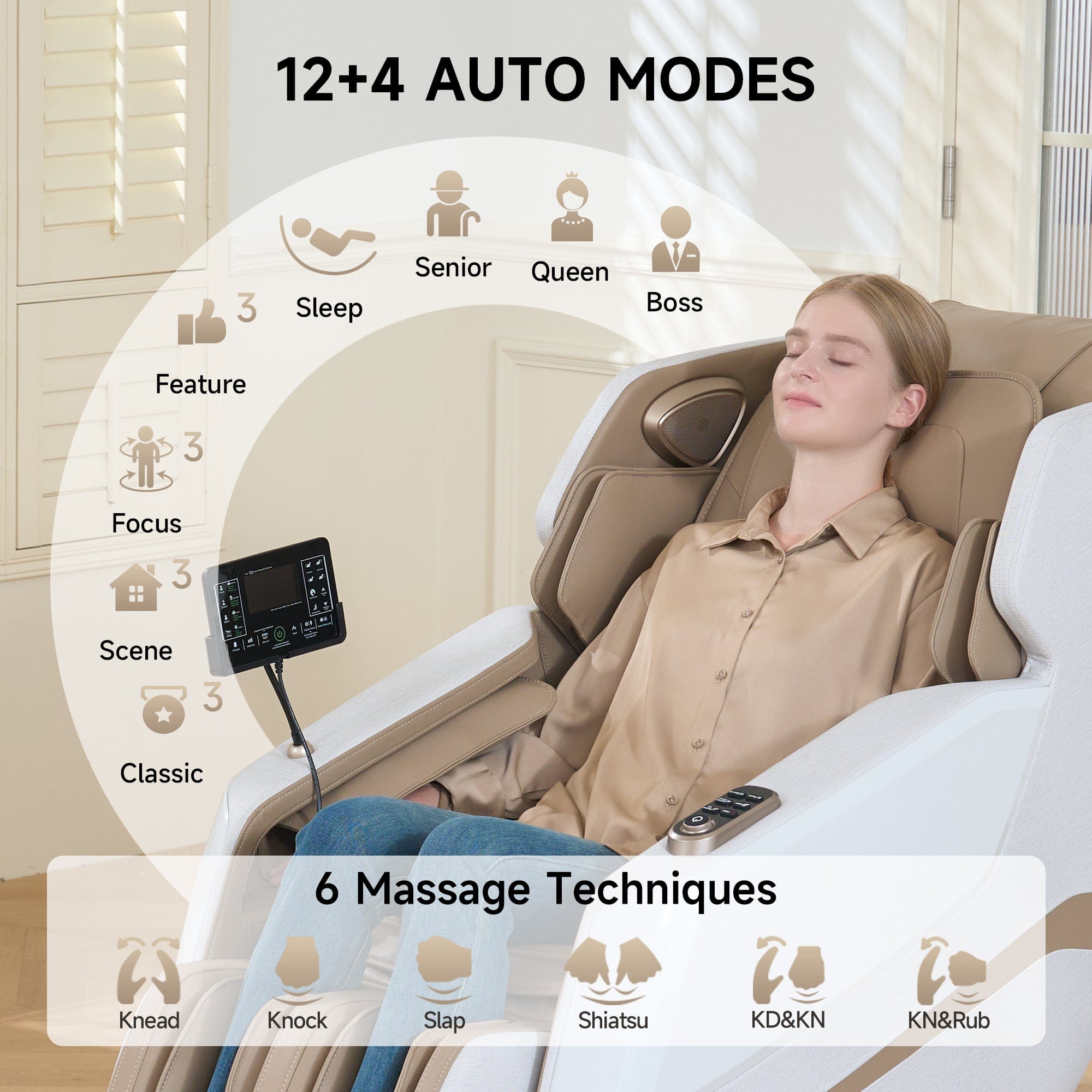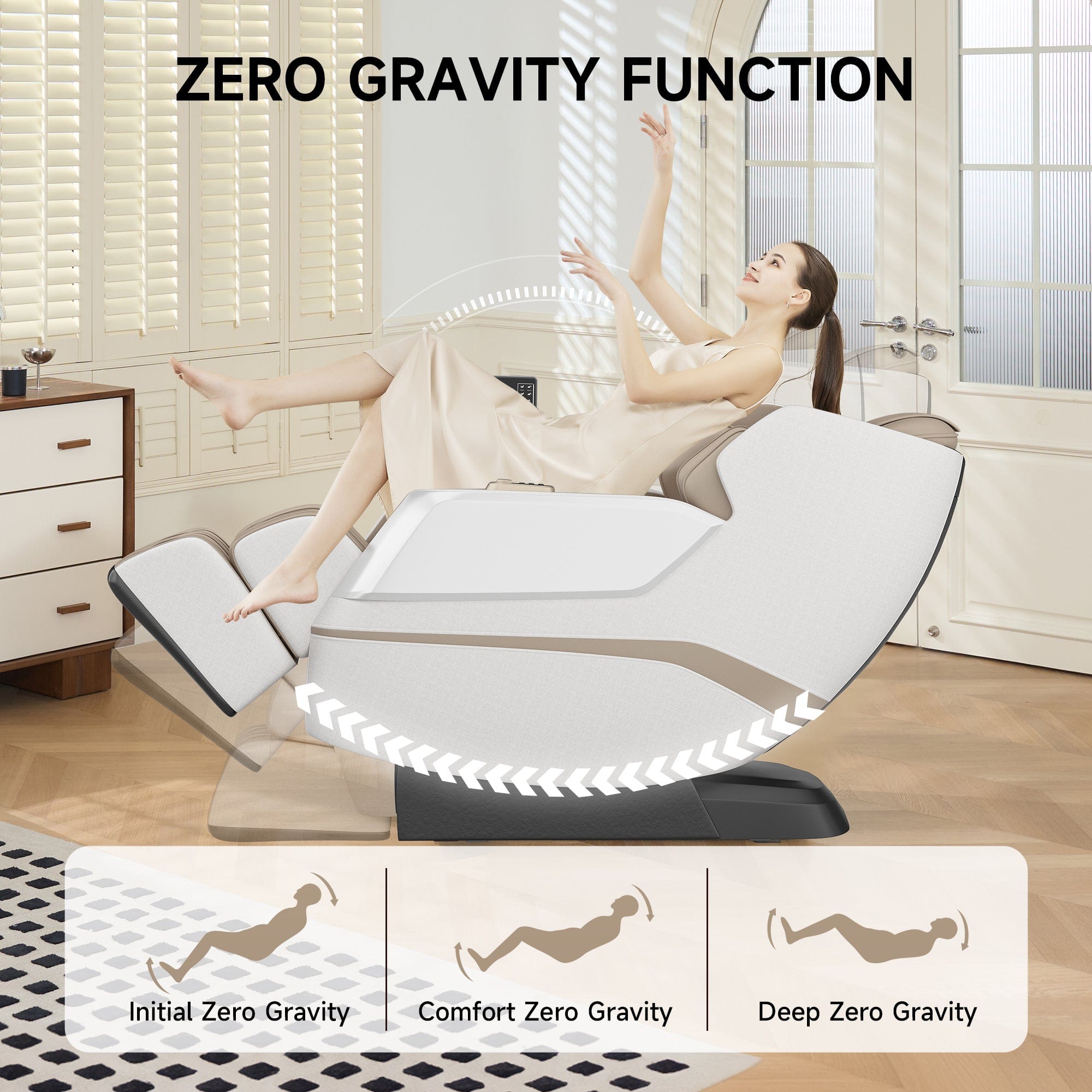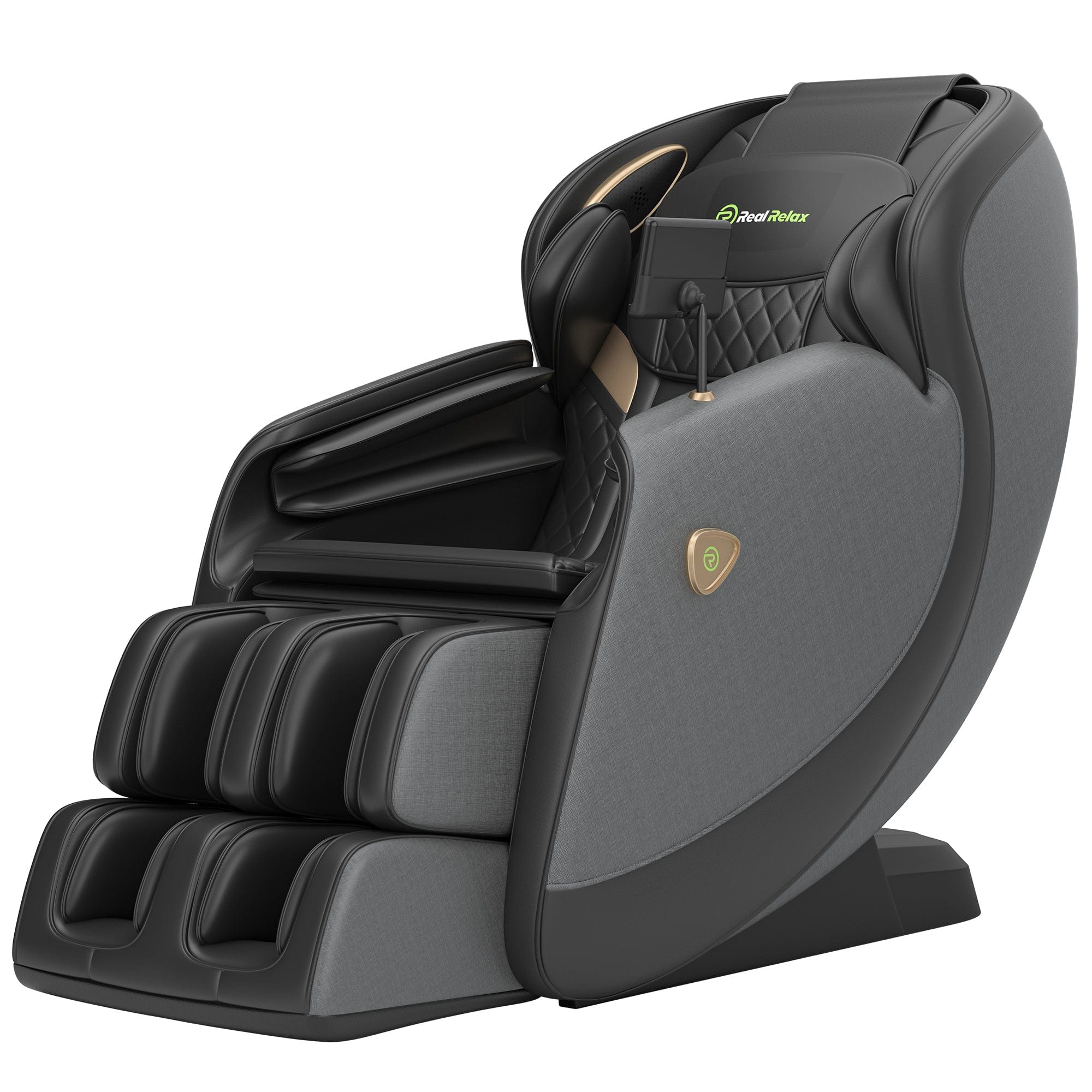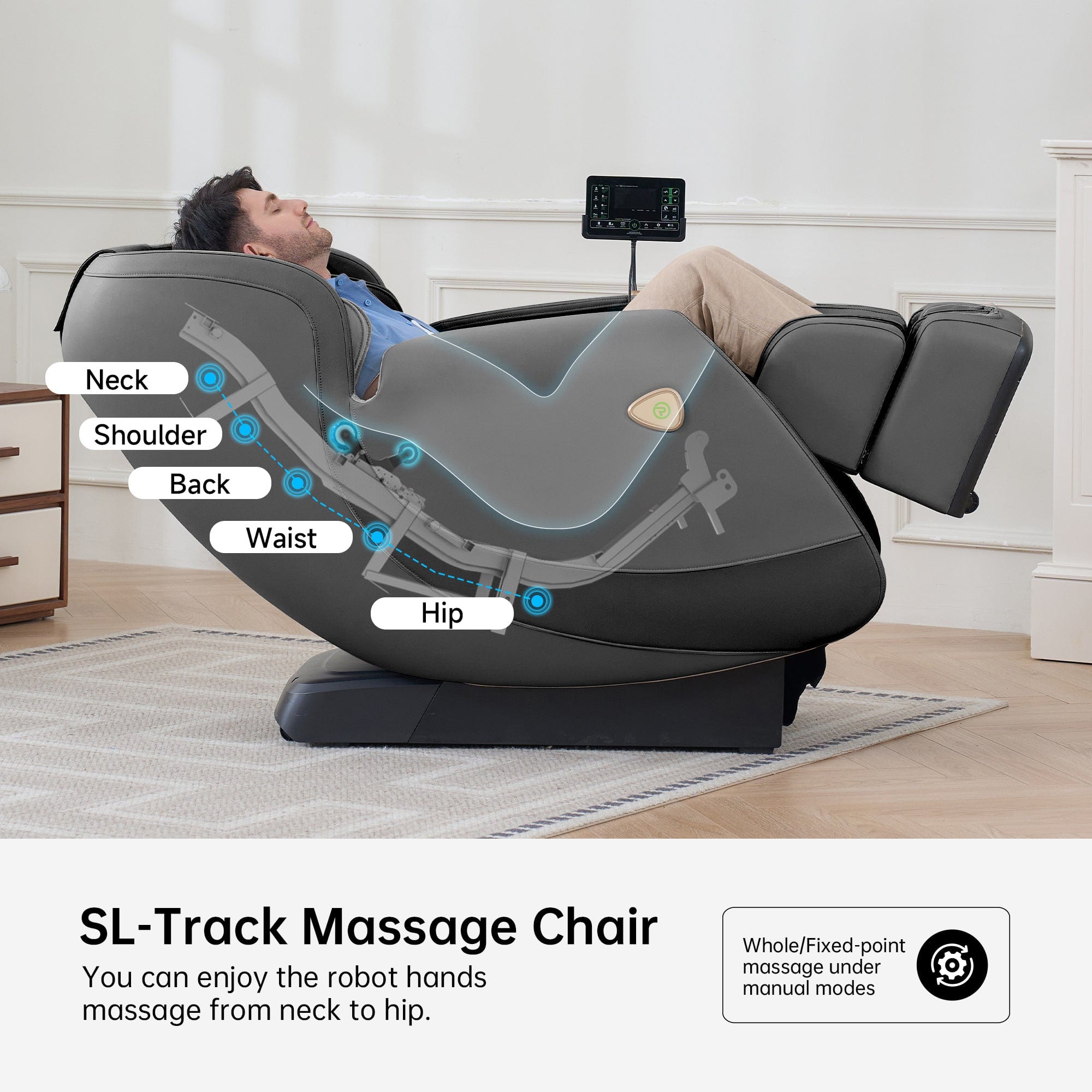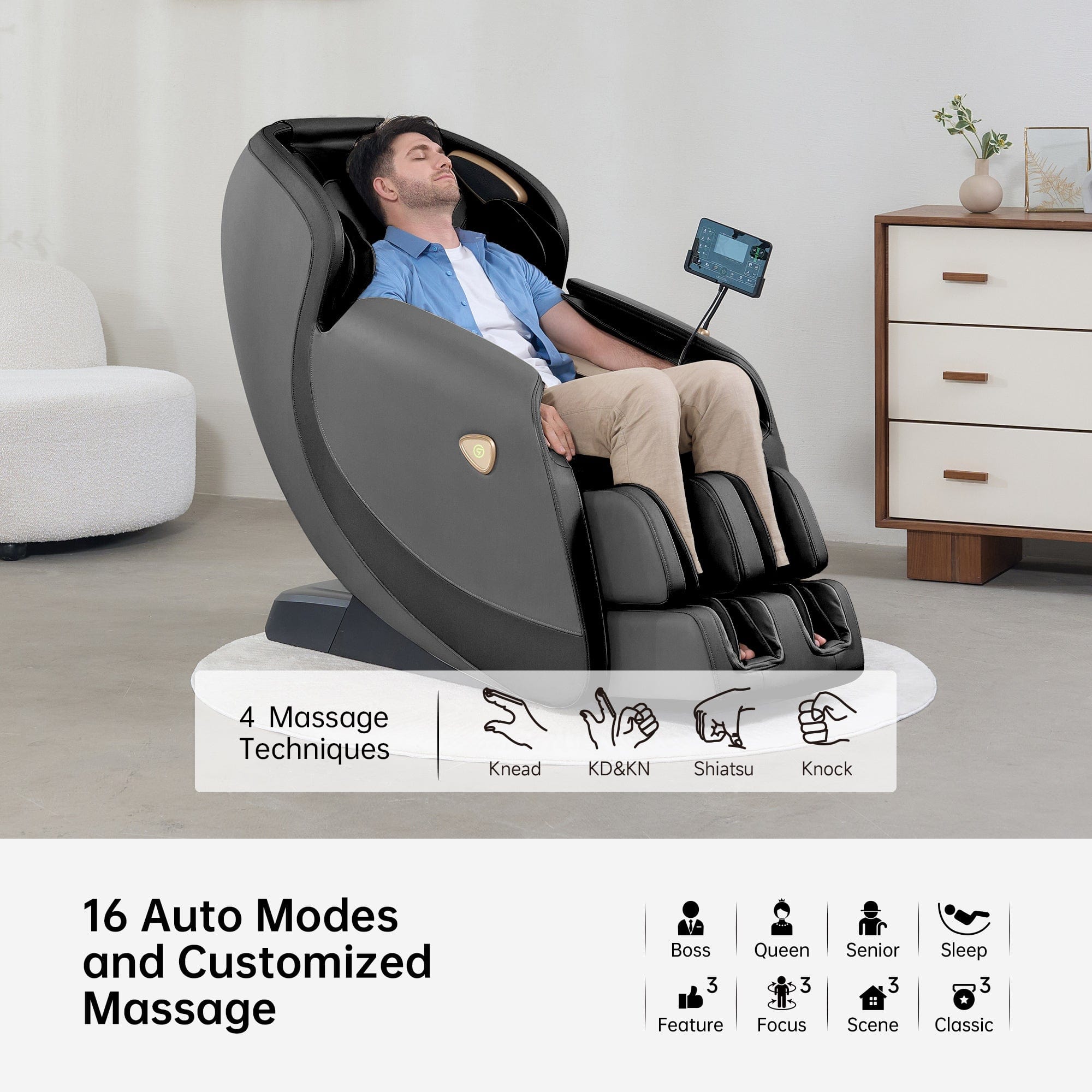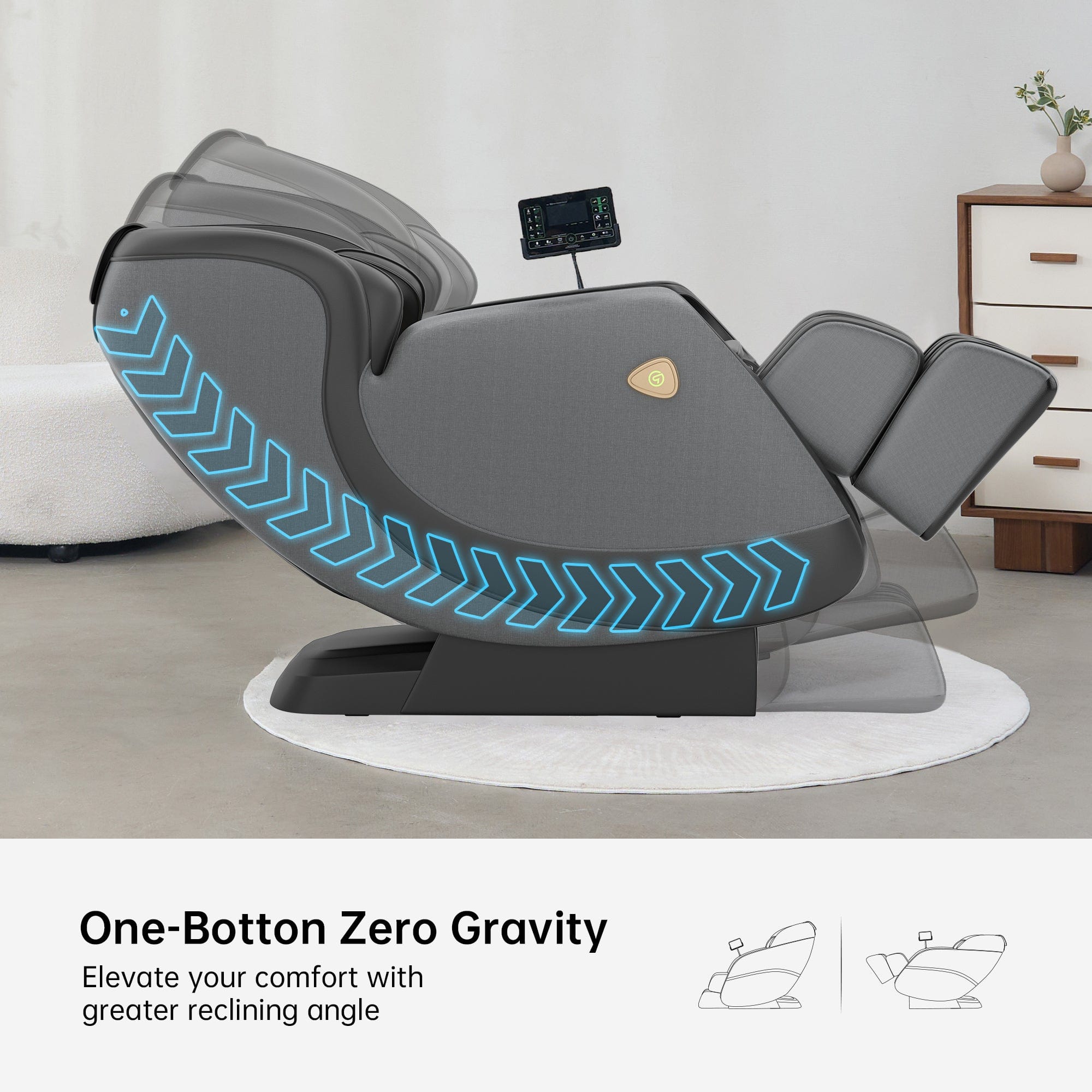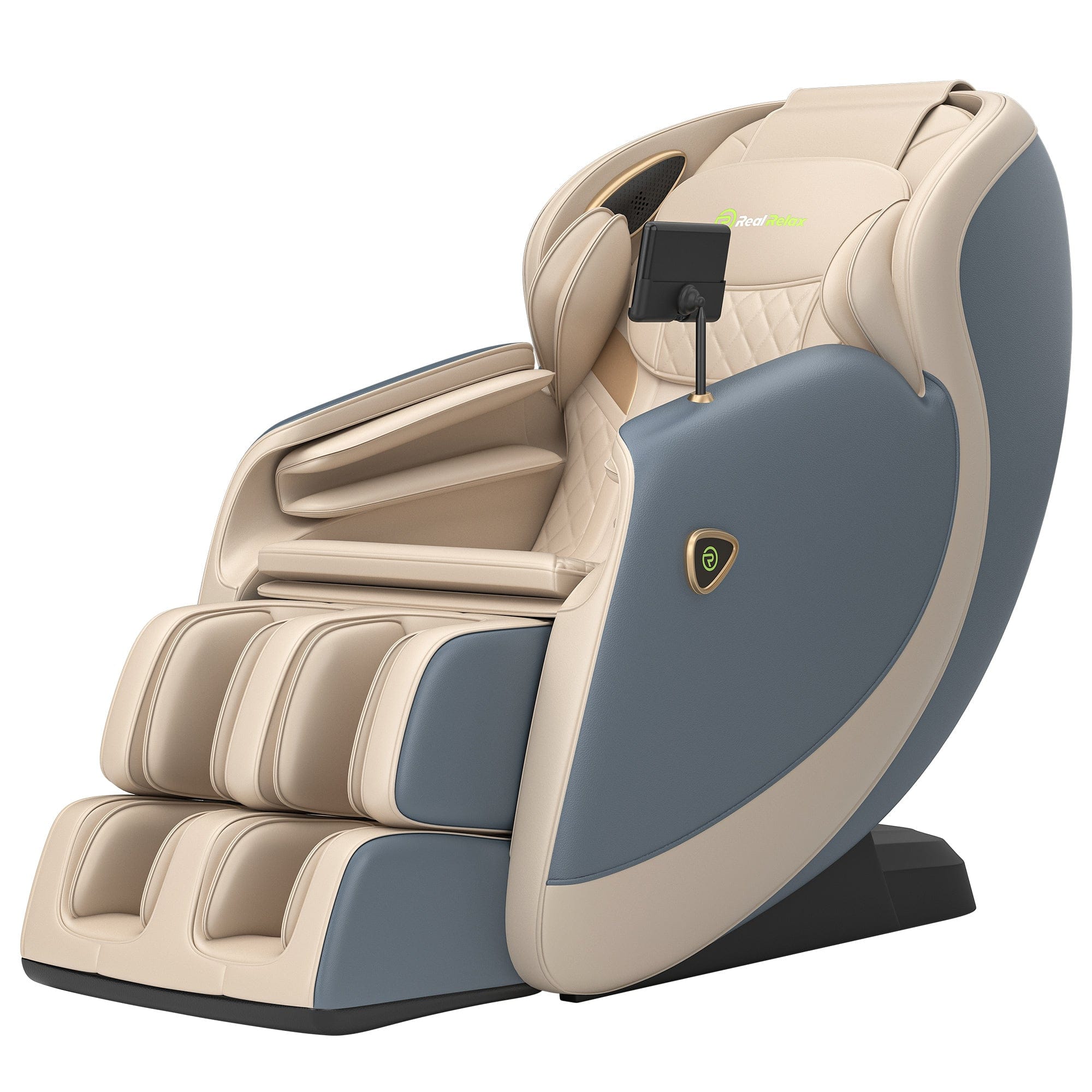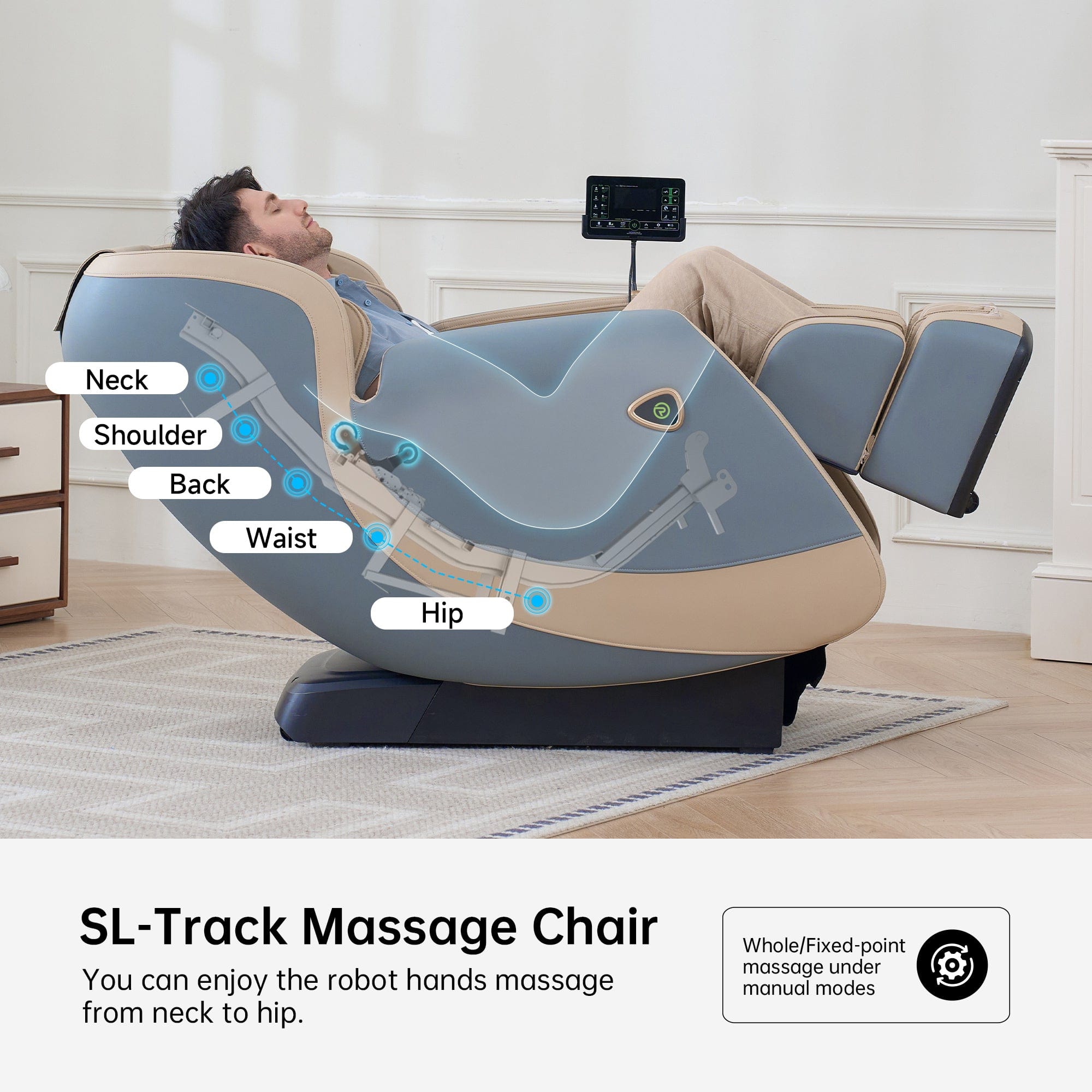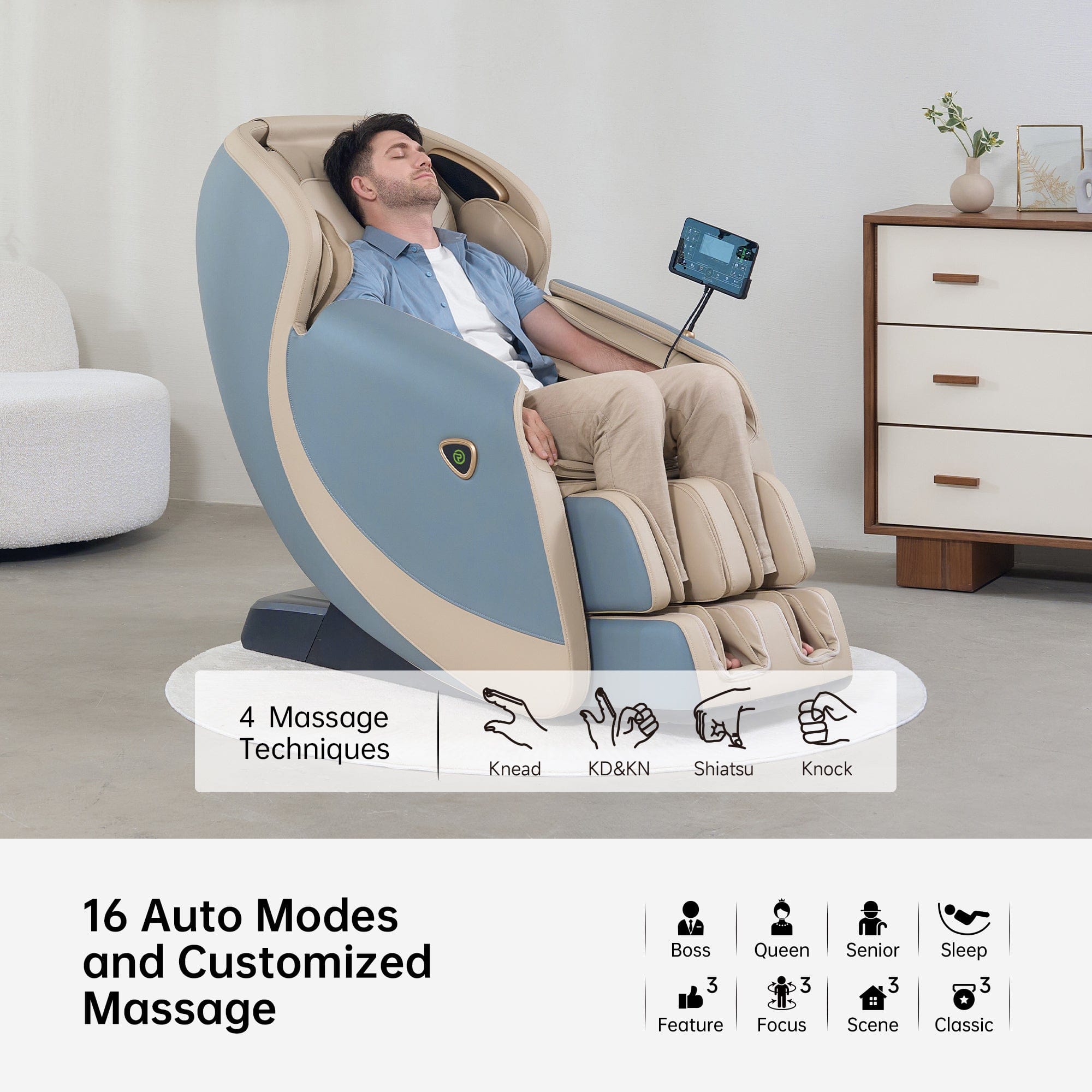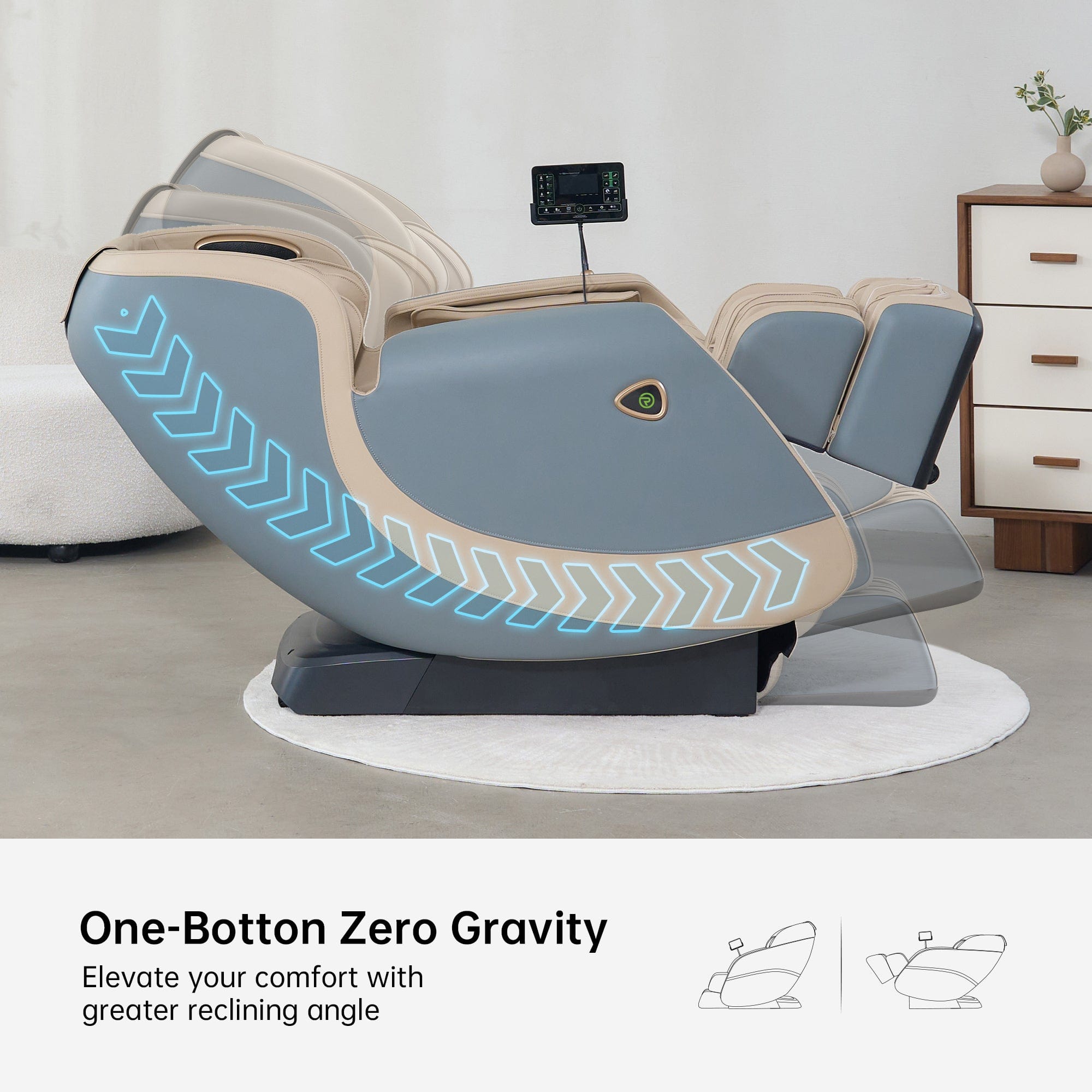If your wrists and forearms start complaining halfway through the day—thanks to typing, clicking and more typing—you’re not imagining it. That kind of repetitive strain is real, and if you work a desk job, it sneaks up on you fast.
Now the big question: can a massage chair help with that kind of pain? Short answer: yes, but maybe not in the way you think. Let’s dig into how.
The Typing Trap
Typing sounds harmless, right? But when you’re doing it for hours on end, every single day, it adds up. Your forearms tighten. Your wrists get sore. You stretch your fingers a hundred times a day and still feel stiff.
That kind of discomfort usually falls under what people call repetitive strain injuries—RSIs for short. Carpal tunnel is one of the most well-known, but general forearm tension, tendon soreness, and wrist pain are just as common.

So How Can a Massage Chair Help?
Let’s get something straight—most full body massage chairs aren’t going to directly massage your wrists or hands. But that doesn’t mean they’re not helpful.
Massage chairs work by relaxing your whole body. And tension in your wrists and forearms is often connected to tightness in your shoulders, neck and upper back. Think of your arm like a highway. If there’s a traffic jam in your shoulder, it’s going to mess with everything down the line.
A real relax massage chair session releases that built-up tension from the top down. Once your shoulders drop and your upper back stops locking up, your arms can move more freely—and that can actually ease the strain on your wrists and forearms.
Shoulder Tension for Wrist Pain?
Yep, it’s a thing. A lot of typing strain isn’t just about the fingers—it’s about how you’re sitting. If your shoulders are constantly raised or your arms are unsupported, your forearms end up working harder just to keep your hands in the right spot.
Massage chairs help by loosening tight shoulder muscles and improving posture. With better alignment, your arms aren’t reaching or straining as much. That’s less stress on the wrists—without you even realizing it.

Posture Reset for Less Arm Fatigue
Good posture doesn’t just look nice. It actually helps your whole body work more efficiently. When you sit up properly, your elbows naturally fall into a relaxed position, your wrists stay neutral, and your muscles aren’t fighting each other.
Massage chairs encourage that by helping realign your spine and relaxing the muscles that pull you into slouch mode. After a 15-minute session, you’ll often notice your arms feel lighter, and your wrists feel a little less tight—even if the chair never touched them directly.
Circulation Boost for Recovery
Another plus? Massage chairs boost blood flow. When circulation improves, your muscles and tendons get more oxygen and nutrients, which helps them heal and stay loose.
For people who are constantly typing, better circulation means your forearms and wrists can recover faster from daily wear and tear. Less swelling, less stiffness, and more comfort by the time you log off for the day.
Some chairs even come with armrest air compression features, which gently squeeze and release around the forearms. It’s subtle, but it feels amazing—especially if you’re sore from typing all day.
Great for Midday Reset
Here’s the thing: pain from typing usually doesn’t hit all at once. It creeps in slowly. You feel it more as the day drags on. That’s why a short massage break in the middle of the day can be a game plan for prevention, not just relief.
Ten or fifteen minutes in a massage chair can recharge your whole system. Your shoulders relax, your mind resets, and your hands get a break from the keyboard.
It's like your body saying, “Thanks. I needed that.”
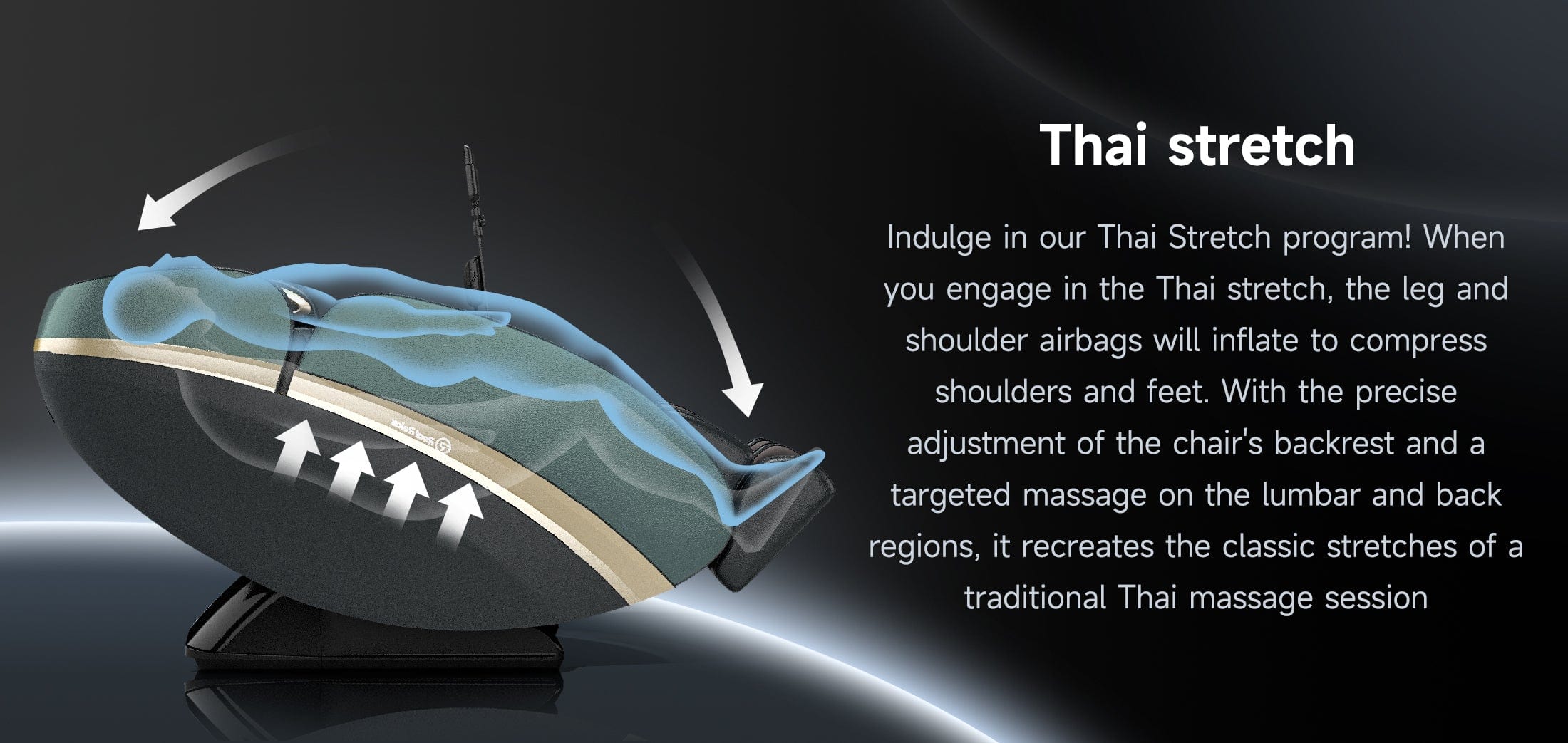
What to Look for in a Massage Chair
If you’re hoping to ease typing-related strain, look for a chair that does more than just back massages. Some features that can help include:
Shoulder and upper back focus – Loosens up the areas that affect wrist strain the most
Armrest compression – Not all chairs have this, but if they do, it feels so good
Neck massage – Reduces tech-neck tension that pulls down your posture
Heated options – Warmth helps increase flexibility and blood flow
Zero-gravity mode – Takes pressure off your spine and joints while you relax
Even if your chair doesn’t massage your hands directly, if it hits those key spots higher up the chain, your whole arm system gets relief.
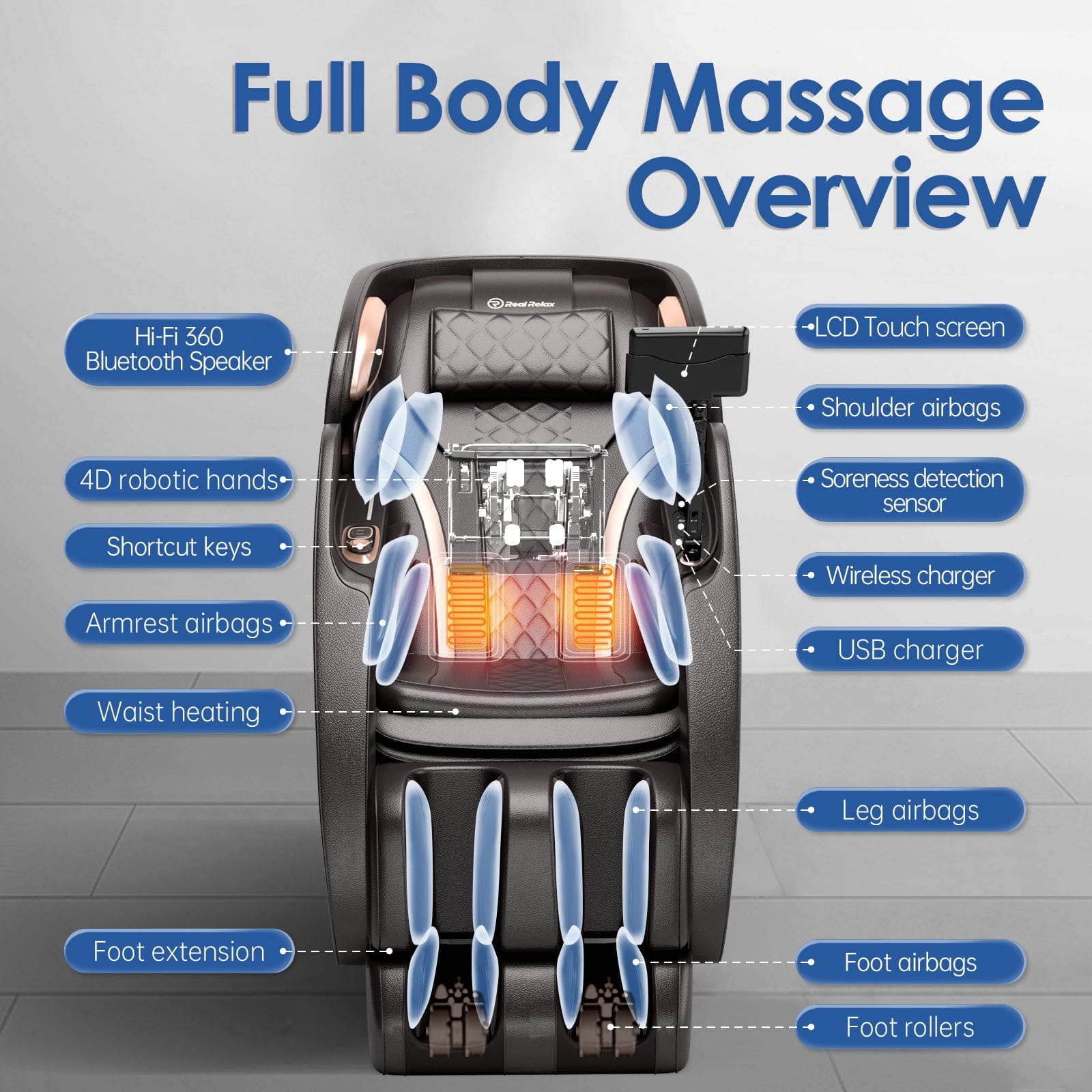
Combine It with Good Habits
Now—massage chairs help, but they’re not miracle workers. If you’re still typing with your wrists bent and your desk at the wrong height, no amount of massage will totally fix the problem.
So if you’re investing in comfort, try pairing your chair time with:
(1) A wrist rest or ergonomic keyboard
(2) Frequent stretch breaks (even just 30 seconds)
(3) Proper desk and chair setup
(4) Using voice-to-text occasionally to give your hands a break
Your hands will thank you later.
So do massage chairs help with typing strain at work?
They do—just not by poking your fingers directly. They support your whole upper body, improve blood flow, ease muscle tension and help your posture stay on track. And all of that makes a huge difference when you’re using your hands all day long.
If you’re someone who spends hours glued to a keyboard, adding a massage chair to your routine could be a pretty sweet way to keep pain in check and feel better by the end of the day.
Not to mention—it’s a solid excuse to sit back and chill for a few minutes. You’ve earned it.



